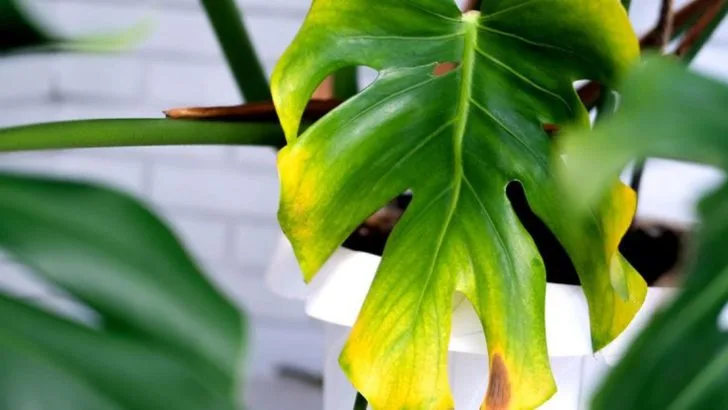Your houseplants might not speak, but they’re constantly communicating through their leaves, stems, and soil. If you’ve noticed wilting, yellowing, or oddly shaped growth, your green friends could be trying to tell you they’re missing something essential. From light and nutrients, to humidity and root space, even minor imbalances can throw off your plant’s rhythm—and they’re counting on you to notice.
This guide helps you decode the subtle (and not-so-subtle) signs that your indoor plants are struggling. Learn how to spot everything from nutrient deficiencies to watering mistakes, and what changes will make the biggest difference. These 18 clues aren’t just red flags—they’re your chance to become a more intuitive, confident plant caretaker.
Yellowing Leaves
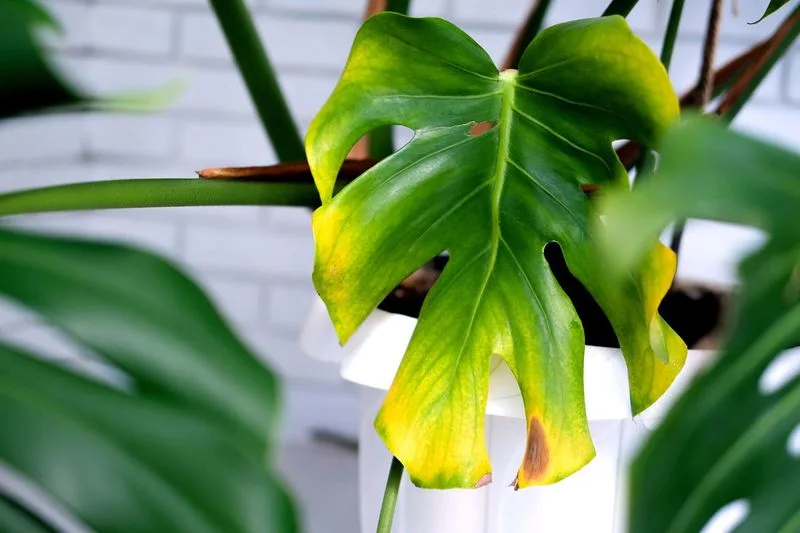
When leaves turn yellow, it’s like your plant sending a distress signal. Often, this can point to overwatering. Plants sitting in waterlogged soil may show yellow leaves as roots struggle for oxygen. On the flip side, underwatering can similarly starve your plant of necessary moisture. Checking the soil’s moisture level is key. With proper adjustment, leaves can regain their healthy hue. Consider your plant’s unique needs and adjust watering habits accordingly.
Wilting Appearance
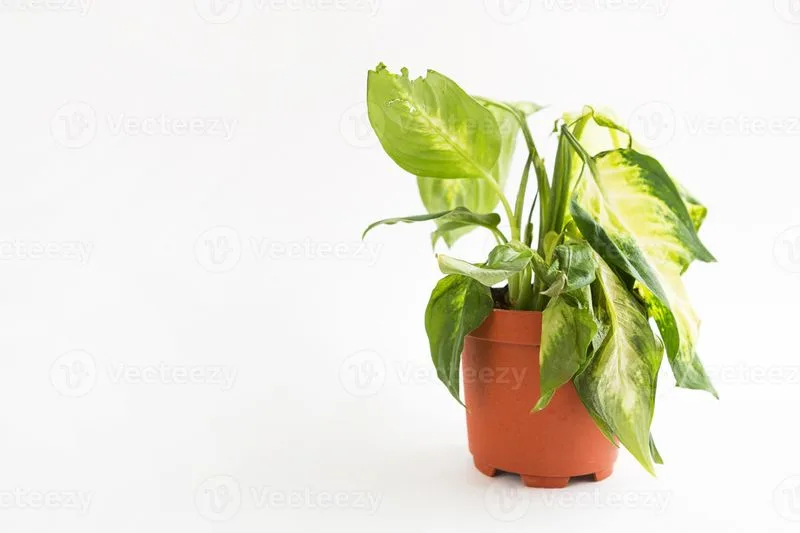
Wilting may not always mean your plant is thirsty; sometimes, it’s a sign of overwatering. Roots sitting in excess water can suffocate, leading to droopy leaves. Yet, a plant also droops when parched. Examining the soil’s moisture content will reveal the culprit. When watering, ensure proper drainage and allow the soil to dry out between watering sessions. This balanced approach can rejuvenate your plant.
Brown Leaf Tips
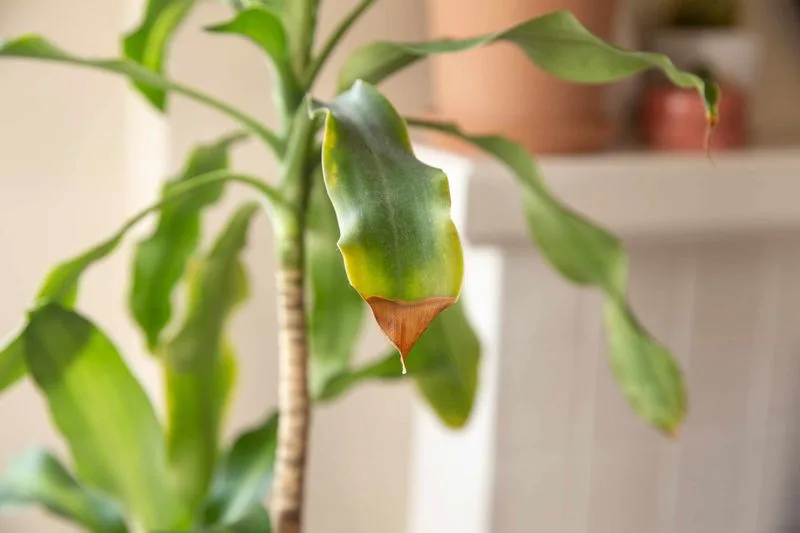
Brown tips on leaves often suggest low humidity or mineral buildup from tap water. Houseplants hailing from humid climates suffer when indoor air is dry. A misting routine or a pebble tray can increase moisture in the air. If you suspect mineral buildup, distilled water might be a better choice for watering. These steps help in reviving leaf tips to their natural state.
Stunted Growth
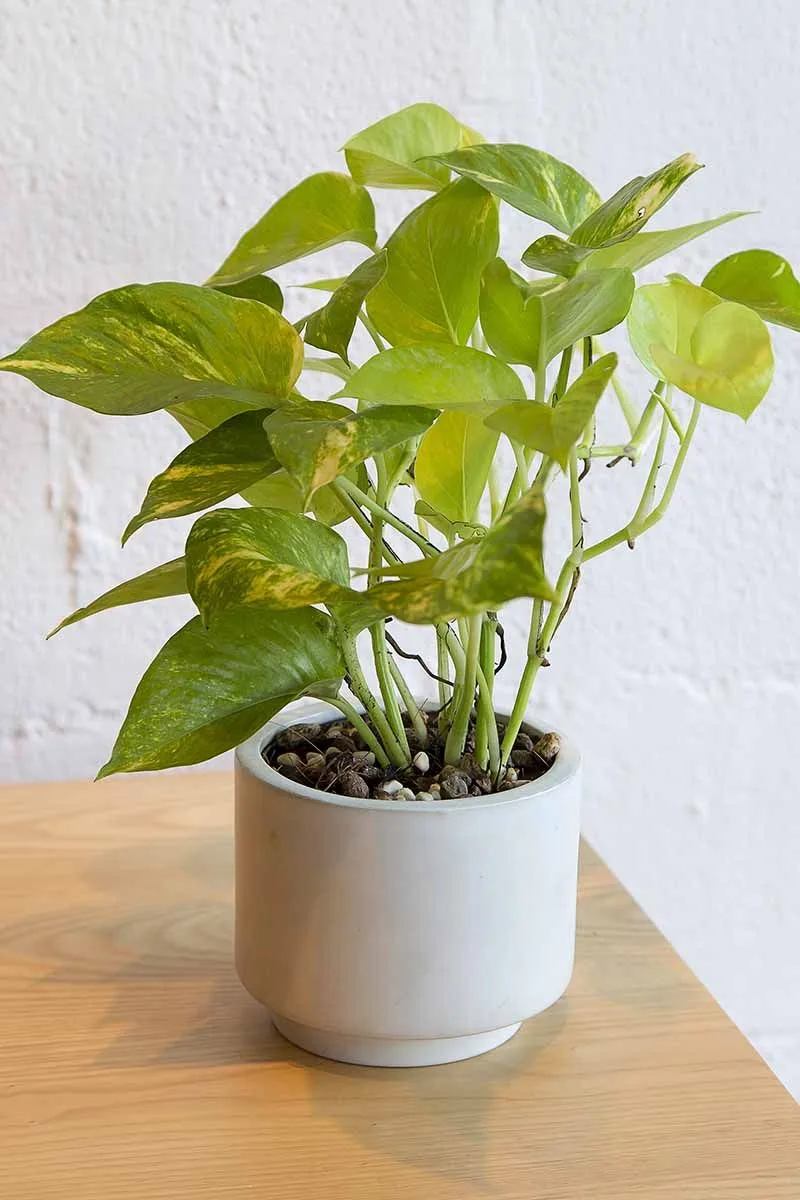
A plant that seems stuck in growth might be craving nutrients. Inadequate feeding can halt development, leaving your plant undersized and unimpressive. Regular fertilization, according to species-specific requirements, can kickstart growth. It’s also essential to ensure your plant is not root-bound, as tight pot conditions can also restrict growth. Repotting into a larger container may also be necessary.
Leaf Drop
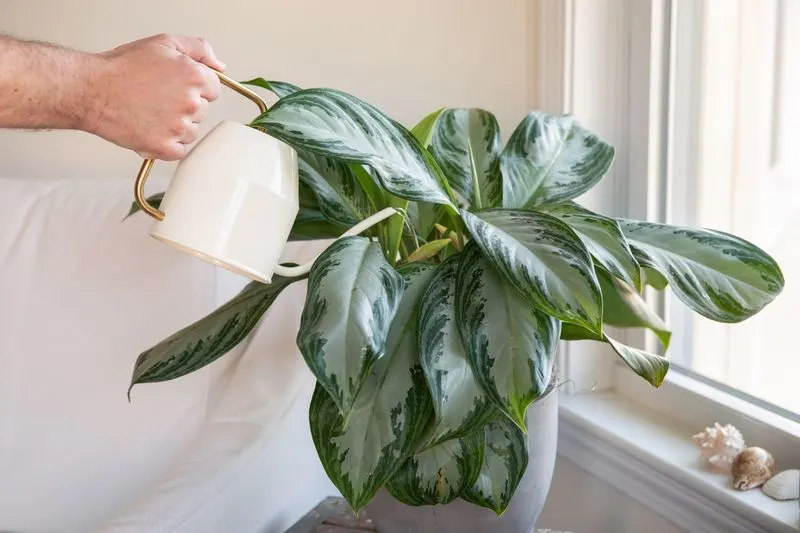
Plants shedding leaves might be reacting to environmental stress. A sudden drop in temperature or a drafty location can shock your plant. Relocating it to a more stable environment often helps. Additionally, overwatering or underwatering can force the plant to conserve resources by dropping leaves. Regularly assessing both the environmental conditions and watering routine will ensure the plant bounces back.
Pale Leaves
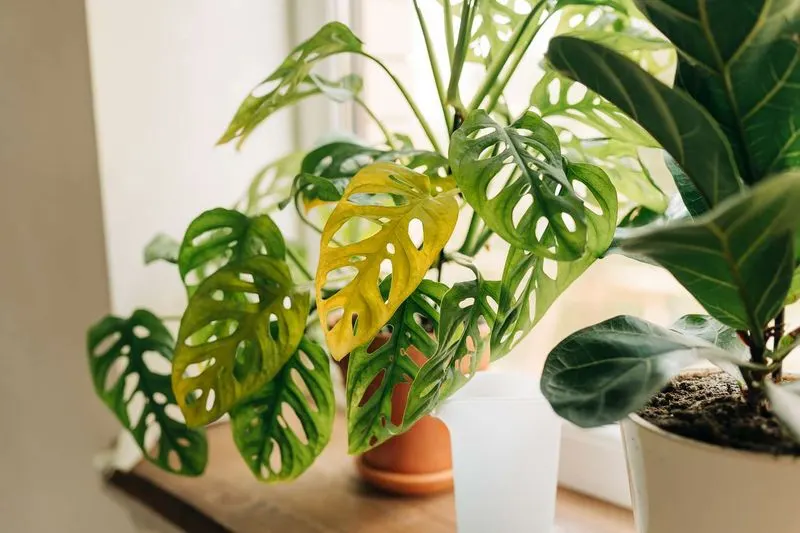
Leaves losing their vibrant color might indicate a lack of sunlight. Photosynthesis suffers, and leaves pale when a plant is starved of light. Consider moving your plant to a brighter spot, ensuring it receives enough indirect sunlight. If pale leaves persist, check soil quality and nutrient levels, as deficiencies can contribute to lackluster foliage. Adjustments in light and nutrients can restore vitality.
Leggy Growth
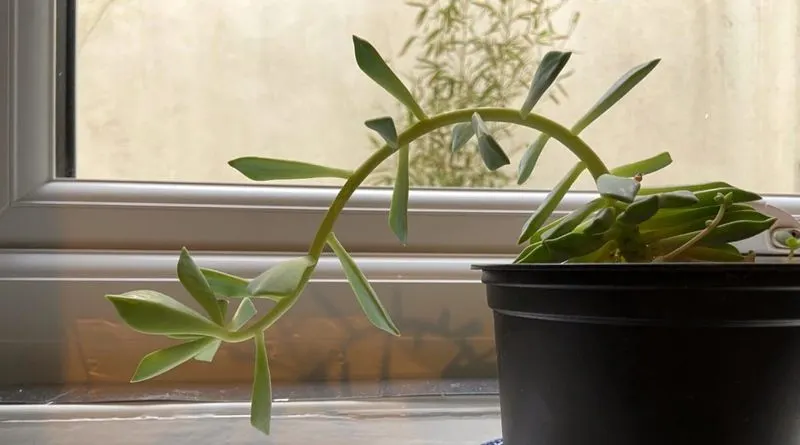
Plants growing tall and sparse are often reaching for more light. Leggy growth is a clear sign of insufficient lighting conditions. Shifting your plant closer to a light source can encourage fuller growth. Trimming back leggy stems can also help redirect energy to more robust development. Introducing supplemental light, like grow lights, can be beneficial, especially in darker months.
Curling Leaves

Curling leaves might suggest an issue with temperature or humidity. Extreme temperatures can cause leaves to curl, as can prolonged exposure to dry air. Ensure your plant is not near drafts or heating vents. Adjusting humidity levels with a humidifier can remedy the situation. If curling persists, inspect for pests, as infestations can also trigger this response. Addressing these issues ensures healthier foliage.
Spotted Leaves
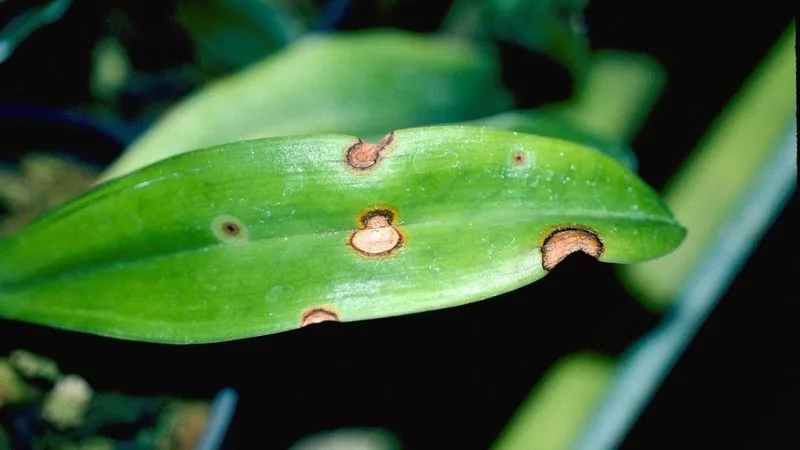
Spotted leaves can signal a fungal infection or pest problem. High humidity and poor air circulation create a breeding ground for fungi. Ensuring good ventilation and spacing between plants helps prevent this. If pests are the cause, regular inspections and treatments with insecticidal soap can manage outbreaks. Identifying and addressing these issues promptly keeps your plant in peak condition.
Sticky Leaves
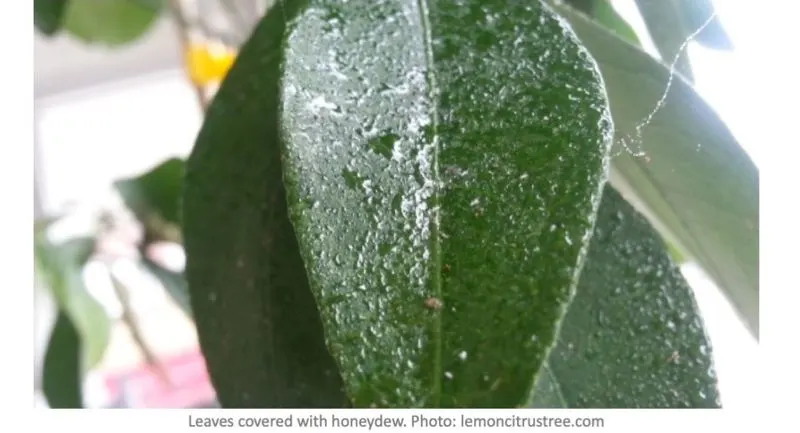
A sticky residue on leaves often points to pests like aphids or scale insects, which excrete a sugary substance called honeydew. Inspecting your plant regularly for these tiny invaders is crucial. Removing them manually or using insecticidal soap can help manage the infestation. Keeping plants healthy and well-spaced will reduce susceptibility to such problems. Prompt attention ensures your plant remains vibrant.
Moldy Soil

Soil that’s developing mold might indicate overwatering and poor drainage. Mold thrives in damp, stagnant conditions. To combat this, reduce watering and improve air circulation around the plant. Removing the moldy top layer of soil and replacing it with fresh soil can also assist. Ensuring the pot has proper drainage holes will prevent future mold growth. These measures help maintain a healthy root environment.
Fading Flower Color
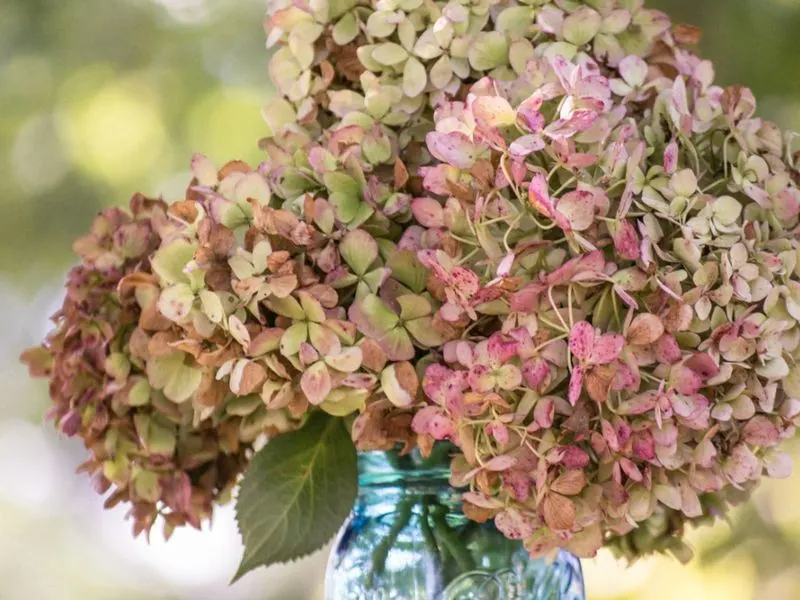
Flowers losing their vibrant color may suggest inadequate light or nutrient deficiencies. Many blooming plants require ample light to maintain bright colors. Fertilizing with a balanced formula can also support flowering. Ensuring the plant is not exposed to drafts or extreme temperatures will help preserve the delicate blooms. These considerations are essential for keeping your plant’s flowers radiant and lively.
Root Rot
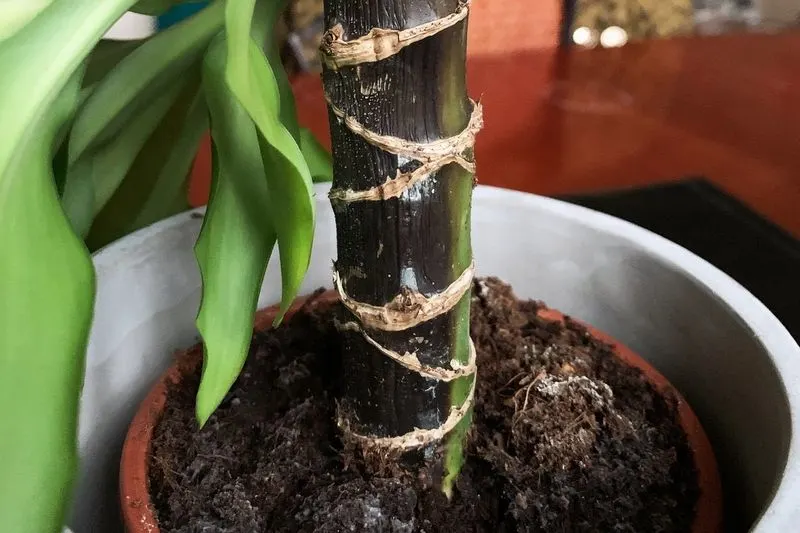
Root rot is a serious condition often caused by overwatering and poor drainage. The roots become brown, mushy, and unable to function. Addressing this requires removing affected roots and repotting the plant in fresh, well-draining soil. It’s vital to adjust watering habits to prevent recurrence. Ensuring the pot allows excess water to escape can save your plant from future harm.
Fungal Growth on Leaves
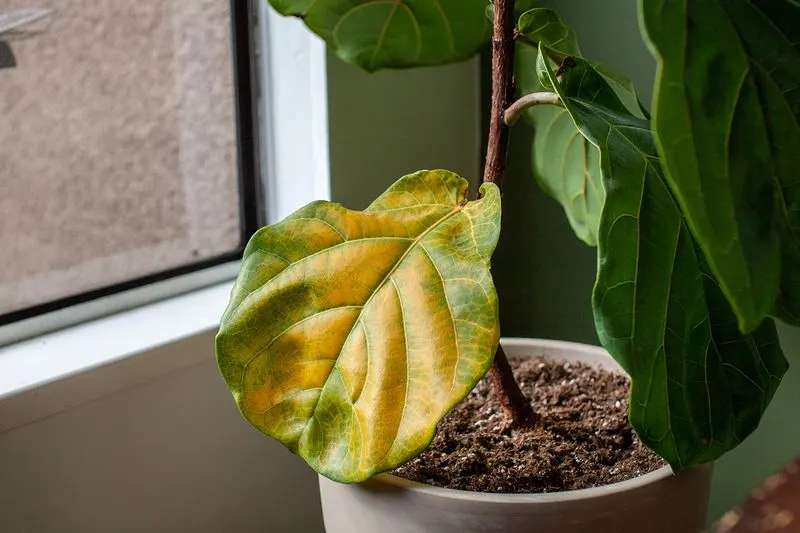
Fungal growth on leaves resembles a powdery substance and indicates poor air circulation and high humidity. Regularly wiping leaves and ensuring good spacing between plants can reduce risk. Fungicides may be necessary for severe cases. Adjusting environmental factors, such as increasing light and reducing humidity, helps prevent future occurrences, safeguarding your plant’s overall health.
Crinkled Leaves
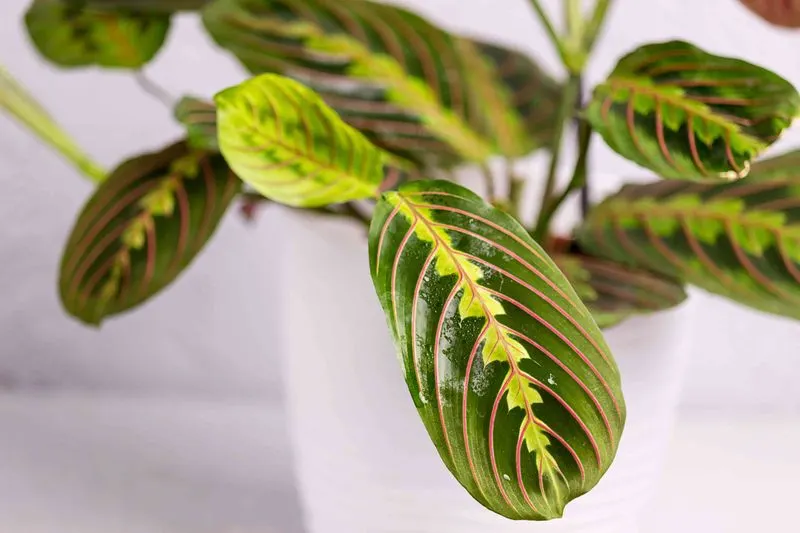
Leaves crinkling might suggest calcium or boron deficiency. These nutrients are vital for the structural integrity of plant cells. Adding a balanced fertilizer can help address these deficiencies. Ensuring the plant is receiving water with the correct pH balance can also improve leaf texture. Regularly monitoring nutrient intake and soil conditions keeps your plant in prime health.
Limp Stems

Limp stems can occur when a plant is overwatered or underwatered. Both conditions affect the plant’s ability to maintain structure. Assessing soil moisture helps identify the issue. Ensuring proper watering techniques and adequate drainage will restore stem vigor. Consistent care and attention to the plant’s hydration needs are crucial for maintaining robust growth.
White Powdery Leaves

A white powdery coating on leaves is typically a sign of powdery mildew. This fungal issue thrives in high humidity and low light. Increasing air circulation and reducing humidity can mitigate this problem. Fungicidal sprays are also effective in treating affected areas. Regular leaf inspection and environmental adjustments ensure your plants stay healthy and free from mildew troubles.
Leaf Edges Turning Black
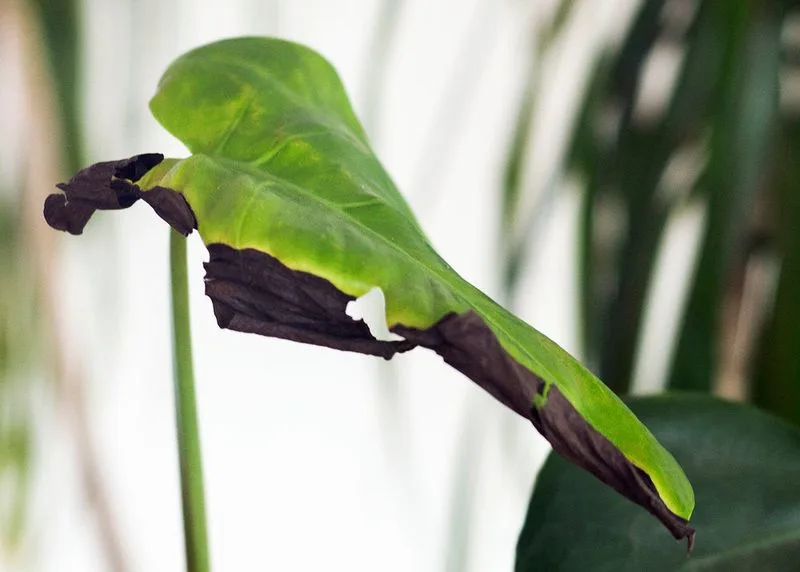
Blackening edges on leaves often signal erratic watering or exposure to extreme temperatures. Consistent watering and maintaining a stable environment are key. Ensuring your plant is not in the path of drafts or direct air from vents can prevent this. Regularly checking the plant’s conditions and adjusting care accordingly fosters resilience and vitality, keeping your greenery thriving.

